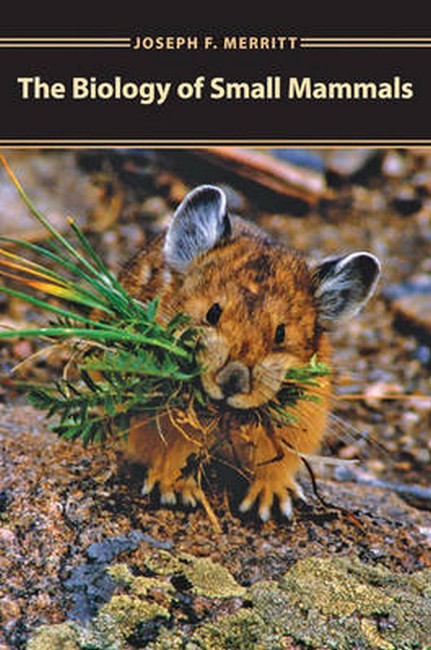Preface
Acknowledgments
1. Introduction
What Is a Small Mammal?
Advantages and Disadvantages of Being a Small Mammal
The Protagonists
Monotremes and Marsupials
Afrosoricida, Erinaceomorpha, Soricomorpha, Macroscelidea, Scandentia, and Dermoptera
Chiroptera
Primates
Carnivora
Rodentia
Lagomorpha
Hyracoidea
Part I: Modes of Feeding
2. Insectivory
General Characteristics
Dilambdodont Dentition
Terrestrial Insectivores
Venomous Saliva
Long, Protrusile Tongue
Arboreal Insectivores
Elongated Digits
Semiaquatic and Fossorial Insectivores
Sensory Mucous Glands
Eimer's Organs
Underwater Sniffing
Subterranean Insectivores
Seismic Sensitivity
Aerial Insectivores
Wings
Echolocation
3. Herbivory
General Characteristics
Ever-Growing Incisors
Coprophagy
Granivores
Food Hoarding
Cheek Pouches
Frugivores
Piercing Teeth
Prehensile Tail and Protrusile Tongue
Nectarivores
Brush-Tipped Tongue
Gummivores
Folivores
Foregut versus Hindgut Fermentation
Gliding Membranes and Pectinate Teeth
Case Study: Rock Badgers: Gutsy Cliff-Dwellers
4. Carnivory
General Characteristics
Carnassial Teeth
Flesh-Eating Carnivores
Felids
Mustelids
Canids
Piscivores
Claws, Cheek Pouches, and a Sixth Finger
Sanguinivores
Knifelike Teeth and Heat-Sensitive Nasal Pits
5. Omnivory
Omnivorous Carnivores
Procyonids
Herpestids
Viverrids
Euplerids
Case Studies: The Hero Shrew: Mysterious Insectivore
Dietary Nonconformists
Gleaning, Hawking, Hovering, and Perch-Hunting
Part II: Environmental Adaptations
6. Endothermy
7. Heterothermy
Torpor
Hibernation
8. Coping with Cold
Insulatory Changes
Countercurrent Heat Exchange: The Miraculous Net
Reduced Level of Activity
Reduction of Body Mass (Dehnel's Phenomenon)
Fat Tails
Social Thermoregulation
Increased Heat Production
9. Coping with Heat and Aridity
Conserving Water
Dietary Water Intake
Evaporative Cooling
Sweating, Panting, and Saliva Spreading
Respiratory Heat Exchange
Pelage Insulation
Behavioral Avoidance of Heat
10. Ecogeographic Rules
Modified Size of Appendages (Allen's Rule)
Seasonal Color Dimorphism (Gloger's Rule)
Body Mass and Latitude (Bergmann's Rule)
Case Studies: Communal Nesting
Hedgehogs: Spiny Hibernators
Part III: Reproduction
11. Reproductive Variations
Delayed Fertilization
Delayed Implantation
Delayed Development
Embryonic Diapause
12. Mating Systems and Reproductive Strategies
High Fecundity
Monogamy, Housekeeping, and Mate Guarding
Absentee Maternal Care
Lek Behavior
Eusociality
Semelparity: Breeding and Sudden Death
13. Population Cycles: Lemmings and Snowshoes Hares
Appendix: Useful Web Sites
Glossary
References
Index
Request Academic Copy
Please copy the ISBN for submitting review copy form
Description
""The book is written to appeal to a broad readership, including naturalists, wildlife biologists, ecologists, and students of science. The book will certainly please those with a genuine interest in small mammal biology.""

